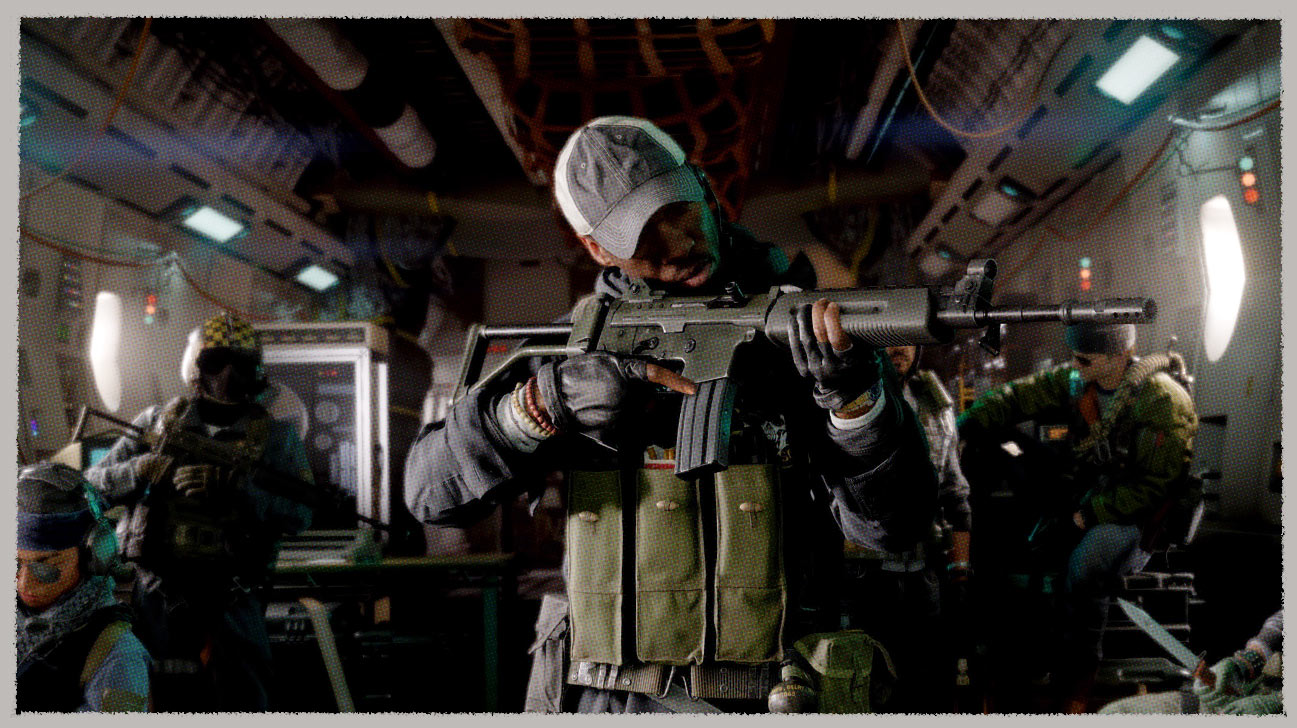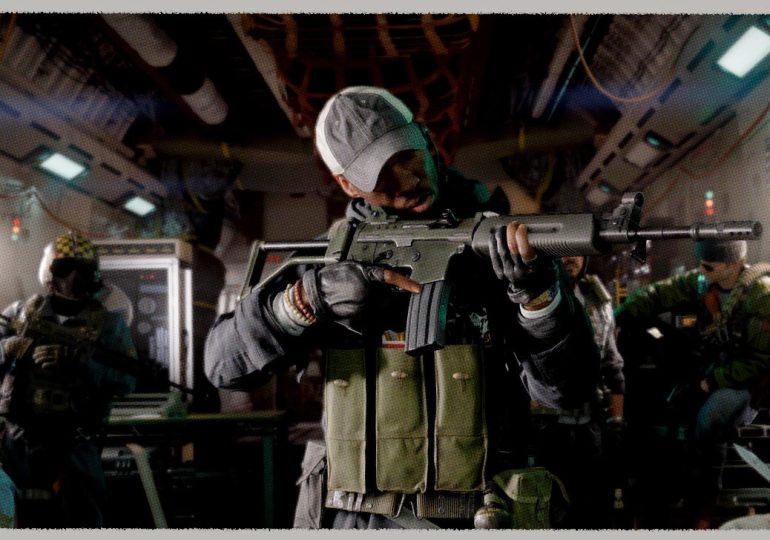
Three Call of Duty games published between 2015 and 2020 cost almost $2 billion total in development costs, according to a court filing published in December, as first reported by Game File and reviewed by Polygon. The documents were filed as part of an ongoing 2024 lawsuit against Activision Blizzard, in which families of victims killed and injured in an Uvalde, Texas, school shooting sued the company for promoting guns to kids. Instagram parent Meta was also named in the lawsuit.
The document detailing these costs was filed on Dec. 23, 2024, on behalf of Call of Duty creative lead Patrick Kelly in support of Activision’s attempt to get the lawsuit dismissed. Kelly’s statements explain the games and their development in great detail. And a big, previously unreported part of that development is the cost. The notoriously secretive video game industry rarely discloses this sort of information; the public gets glimpses of it, like when a court blunder revealed that The Last of Us Part 2 cost $220 million to make, or when hacked documents published online showed Spider-Man 2 cost $300 million to develop.
Per Kelly, the Call of Duty games cost even more to make: Call of Duty: Black Ops 3 (2015), which was in development for three years, cost $450 million “in development costs over the game’s lifecycle” and sold 43 million copies. Call of Duty: Modern Warfare (2019), in development for “several years,” cost more than $640 million over the game’s lifespan and sold 41 million copies. Black Ops Cold War (2020), also in development for years, cost $700 million over its life cycle and sold 30 million copies.
Activision doesn’t appear to be hurting from Call of Duty’s massive budgets. The company reported $8.8 billion in net revenue in 2021, up from $8.09 billion in 2020. In-game net bookings — primarily “the net amount of downloadable content and microtransactions sold during the period,” per Activision — were reported at $5.1 billion, more than the $4.85 billion in 2020. Sales are, however, declining as the budgets increase for each game, as evidenced by the numbers Kelly shared. The filing did not provide details on Activision’s newest Call of Duty games — Kelly spends the most words on Modern Warfare, but also speaks to Call of Duty: Warzone, Black Ops Cold War, Black Ops 3, and Call of Duty: Mobile.
Kelly isn’t explicit about what the costs cover — though a note on each says that price tag covers “development costs over the game’s lifecycle,” suggesting this is the cost amassed even after the game is first shipped. It’s likely this includes staff salaries, technology and engine costs, server infrastructure, third-party art services, and continued updates to the game — and much more. Lots of these processes are outlined in the document, like art creation; others are standard parts of game development. Typically, development budgets don’t include marketing for a game, but Kelly doesn’t clarify whether this is the case for the Call of Duty numbers.
The full document, which Polygon has published below, does go into detail on each of the three listed games and speaks more broadly to each game’s themes and storylines. The document is essentially an overview of several Call of Duty games; it’s a way to inform the court about specific details that could be relevant to the case, be them plot or asset creation. Simply put, it’s designed to define exactly what Call of Duty games are, the pieces that make them up, and how they’re made.
It touches on the games’ development periods, including details on military influence, location scouting, motion capture, and art creation. For 2019’s Modern Warfare, for example, Kelly describes a process in which ex-Navy SEALs were hired to consult on the game; these individuals “trained actors, animators, and designers on how special operations soldiers would physically navigate through the game’s missions.” Some Navy SEALs also performed on motion capture sets.
Kelly also spoke to the art department’s role in creating all parts of the games, including the guns — no gun manufacturers are involved in the process, he said.
Here’s what Kelly says about the process, providing a detailed look into the games’ small and large details:
The environments team designs all the set pieces—from war torn buildings to flyers littering the ground—in a multiplayer map or campaign mission. Environment artists create extra details that add to the nuanced storyline. For example, artists design product logos, fictional advertisements, posters, and body art throughout the game to add yet another layer of authenticity and dimension to the game’s fictional environments. No detail is too small: even the soda cans and beer bottles have their own originally designed labels.
To help create an authentic world on screen and convey a cinematic experience, the art departments harnessed cutting-edge technology. For the first time in the franchise, Modern Warfare utilized photogrammetry, a technique first used in feature films like The Matrix and Quantum of Solace, setting a new high-water mark for graphics. Photogrammetry uses photographs to take comparative and accurate measurements of objects that are then used to construct highly detailed three-dimensional models. The technique provides Call of Duty’s art teams with an enormous amount of visual data to incorporate into their designs, from a life-size military vehicle to an environment’s last blade of grass. The team used photogrammetry, for example, in creating the campaign mission and multiplayer map “Piccadilly Circus,” a real location in London that the artists scanned inch by inch. An image from the Piccadilly Circus map is included below. Modern Warfare also integrates real-time ray tracing into its visuals, which simulates the lighting of a scene and thus provides more physically accurate graphics. Using these techniques, the art teams painstakingly stitch together each scene until the scenes have achieved the desired level of detail and realism.
Read the entire document below.








